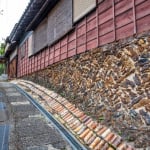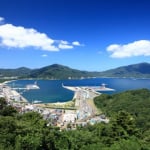Address: 3545 Takane-cho, Kiyosato, Hokuto City, Yamanashi Prefecture
Official Website:https://www.seisenryo.jp/
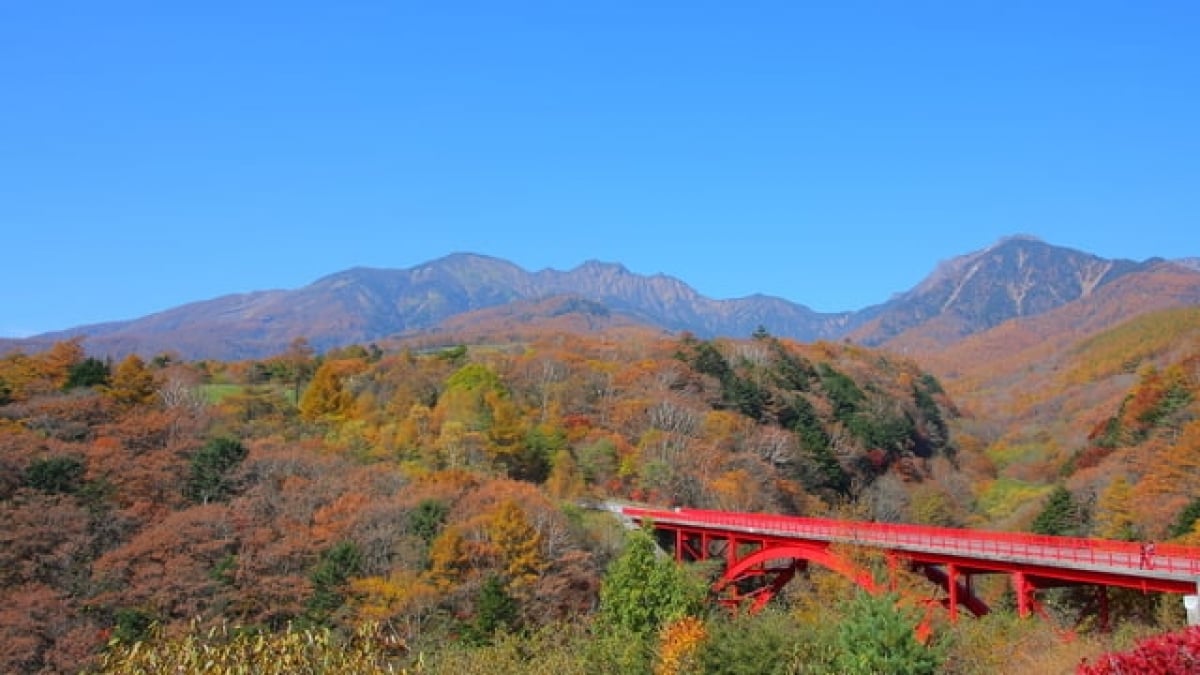
9 Recommended Spots in Hokuto City! A Highland Tourist Destination Surrounded by Yatsugatake and the Southern Alps
Hokuto City is located in the northernmost part of Yamanashi Prefecture. It was formed in the 21st century through the merger of eight towns and villages: Akeno Village, Oizumi Village, Kobuchizawa Town, Sutama Town, Takane Town, Nagasaka Town, Hakushu Town, and Mukawa Village. Surrounded by stunning natural landscapes, Hokuto City offers breathtaking views of Yatsugatake to the north, the Southern Alps (also known as the Akaishi Mountains) to the west, and the iconic Mount Fuji to the south. With its picturesque highland scenery, Hokuto City is home to many beautiful nature attractions. Here, we introduce nine must-visit tourist spots in Hokuto City.
table of contents
[x] close
9 Recommended Spots in Hokuto City! A Highland Tourist Destination Surrounded by Yatsugatake and the Southern Alps
1. Seisenryo Lodge
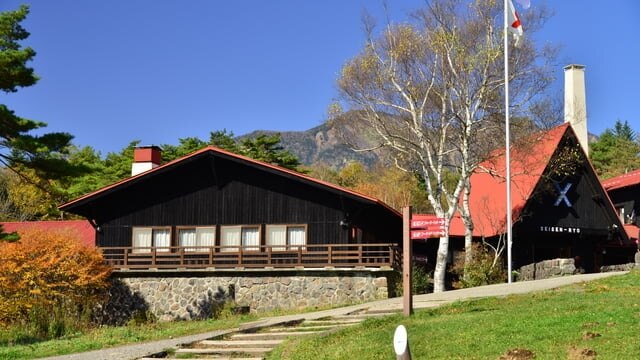
Once a bustling tourist hotspot filled with young visitors, the Kiyosato area has seen a decline in foot traffic over the years. However, one place that remains as popular as ever is Seisenryo Lodge, the birthplace of Kiyosato’s development.
Originally established in the early Shōwa era under the guidance of American missionary Paul Rusch, Seisenryo Lodge served as a pioneering settlement hub. Today, it continues to function as an educational and agricultural training facility, making it a unique tourist destination.
Visitors can enjoy hands-on experiences with nature and farming. A must-visit attraction within the lodge is Japan’s only dormouse museum, where you can learn about the adorable Nihon-Yamane (Japanese dormouse). And no trip to Seisenryo is complete without trying its famous ultra-rich Jersey milk soft serve ice cream!
2. Jindai Zakura & Kanda no Oitozakura
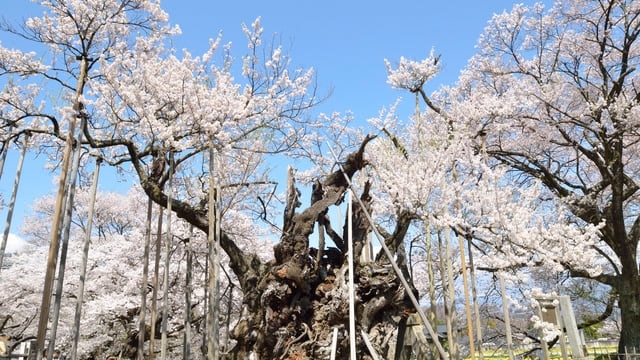
Hokuto City is home to several legendary single cherry trees, but none are as famous as the Jindai Zakura at Jissoji Temple. Estimated to be around 2,000 years old, it is a designated national natural monument and one of Japan’s three great cherry trees.
Another breathtaking sight is the Kanda no Oitozakura, a 400-year-old cherry tree in the former Kobuchizawa Town. Both trees feature impressively thick, gnarled trunks and gracefully arching branches covered in blossoms, offering an awe-inspiring view.
However, due to a surge in tourism in recent years, these ancient trees are showing signs of rapid decline caused by crowds and vehicle pollution. Visitors are strongly encouraged to admire these historical treasures quietly and respectfully, preserving their beauty for future generations.
Address: Jindai Zakura Location: 2763 Yamataka, Mukawa-cho, Hokuto City, Yamanashi Prefecture
Official Website:https://www.hokuto-kanko.jp/sp/sakura_jindai
Name: Kanda no Dai Itozakura (Great Weeping Cherry of Kanda)
Address: 2767 Matsumukai, Kobuchizawa-cho, Hokuto City, Japan
Official/Related Website: https://www.hokuto-kanko.jp/sp/sakura_shinden
3. Daigahara-juku
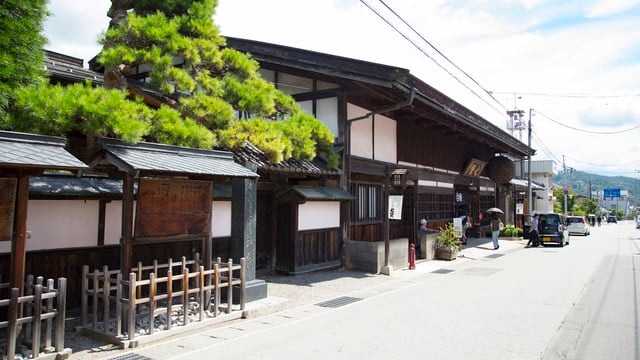
Daigahara-juku is one of the two post towns (shukuba) along the Koshu Kaido in Hokuto City, Japan. This historical town preserves the atmosphere of an Edo-period post station, with traditional long and narrow townhouses, commonly referred to as "unagi no nedoko" (eel's bed).
A must-visit in Daigahara-juku is the Shichiken Sake Brewery and Kinseiken, two attractions located almost directly across from each other. Shichiken Sake Brewery is the home of the well-known Shichiken sake, famous even in the Tokyo metropolitan area. Here, visitors can enjoy sake tastings, relax at the café, or dine at a restaurant inside a beautifully renovated sake cellar.
Meanwhile, Kinseiken is a traditional Japanese confectionery shop housed in a restored Edo-period inn (hatago). One of its most popular treats is the "Nama Shingen Mochi" (Fresh Shingen Mochi). Its incredibly soft, melt-in-your-mouth texture redefines the classic Shingen Mochi experience, making it a must-try for first-time visitors!
Address: Daigahara, Hakushu-cho, Hokuto City
Official Website:https://www.hokuto-kanko.jp/guide/daigaharajuku
4. Sanbu Ichi Yusui Spring
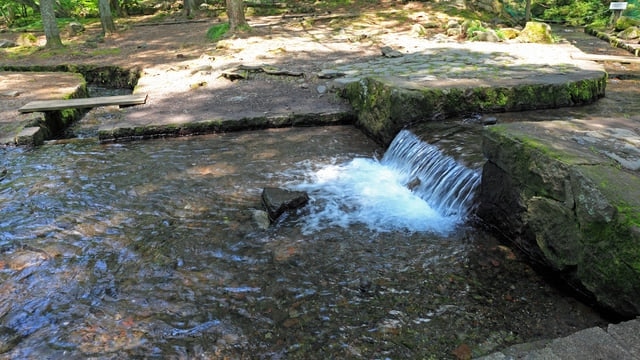
Hokuto City, located between Mt. Yatsugatake and the Southern Alps, is known for its abundant natural springs. Among them, the Sanbuichi Yusui Spring stands out for its impressive 8,500-ton daily water flow and historical significance.
Its name, Sanbuichi, comes from Takeda Shingen, a famous warlord, who built a water-dividing system to ensure fair distribution among three rival villages. This unique three-way water division system, which remains intact today, is a fascinating sight—as the water flows evenly into three separate directions.
Despite being recognized as one of Japan’s Top 100 Famous Waters, it is primarily used for agriculture and is not suitable for drinking. However, visitors can enjoy fresh local produce at the Sanbuichi Yusui-kan, a nearby marketplace showcasing vegetables grown using the pure spring water.
Address: 292-1 Koarama, Nagasaka-cho, Hokuto City
Official Website:https://www.hokuto-kanko.jp/guide/sanbuichi
5. Akeno Sunflower Fields
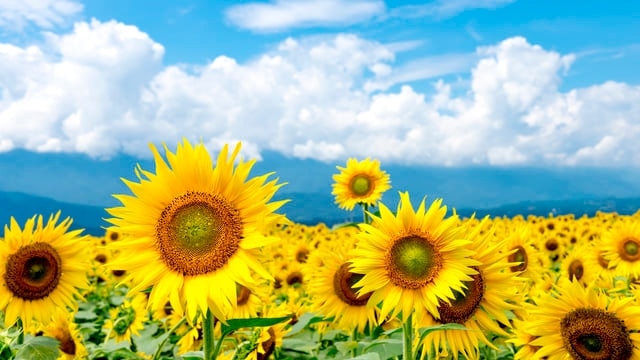
Located in the southeastern part of Hokuto City, the former village of Akeno was once known as the place with the longest hours of sunlight in Japan. Taking advantage of this, the region cultivates various fruits and highland vegetables. However, what truly draws visitors is its stunning sunflower fields.
Bathed in abundant sunlight, the sunflowers of Akeno grow tall and vibrant. From late July to late August, both sides of Hosakaji Road, which runs through the heart of the village, transform into a breathtaking sea of golden blooms.
During the blooming season, the Sunflower Festival takes place, attracting countless tourists each year. The festival features various events, but the main highlight remains the sunflower field exploration—an activity that delights both adults and children alike! Who wouldn’t be captivated by a vast expanse of sunflowers swaying under the summer sky?
Address: Asao, Akeno-cho, Hokuto City
Official Website:https://www.hokuto-kanko.jp/event/sunflowerfestival2017
6. Suntory Hakushu Distillery
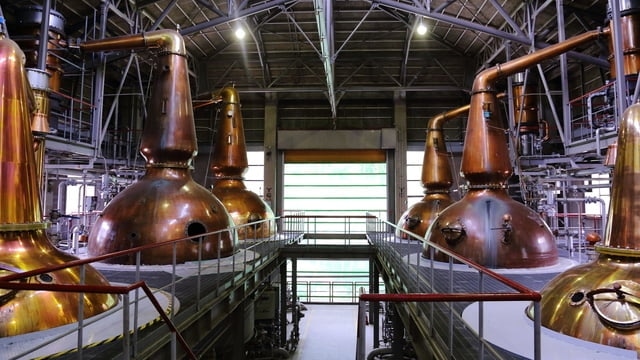
Hokuto City's Hakushu Town, nestled at the foot of the Southern Alps, was chosen as the site for Suntory’s second whisky distillery. This tranquil area, surrounded by lush forests and pristine water sources, is home to the famous single malt whisky “Hakushu” and the production of Suntory’s mineral water from the Southern Alps.
Visitors can tour the distillery individually or as part of a guided tour, but advance reservations are required. The facility features a museum, shop, bar, and restaurant, where guests can savor rare whisky selections.
For those worried about transportation after whisky tasting, a shuttle bus operates from Kobuchizawa Station on weekends and public holidays (except in winter). Immerse yourself in the pure, crisp taste of whisky, crafted with Hokuto’s natural underground water.
Address: 2913-1 Torihara, Hakushu-cho, Hokuto City
Official Website:https://www.suntory.co.jp/factory/hakushu/
7. Yato Castle Ruins
When thinking of the feudal lords of Yamanashi Prefecture, the Takeda Clan comes to mind. The origins of this powerful clan trace back to the Kai Genji, who initially established their stronghold at Yato Castle, located at the heart of Hokuto City. Perched atop a hill that protrudes slightly to the south, the castle site offers panoramic views of the Japanese Alps and the tranquil highland scenery.
The remaining structures date back to the late Sengoku period. The main keep (honmaru) is encircled by towering earthen embankments and deep moats, a testament to its former defensive strength.
Today, Yato Castle Ruins are also known as a famous cherry blossom viewing spot. Both locals and visitors flock here in spring to admire the late-blooming sakura of Hokuto City. Just north of the ruins, you'll find the Hokuto City Archaeological Museum, which showcases artifacts unearthed from the site and provides a glimpse into the city's historical past.
Address: 1996-2 Nakamura, Nagasaka-cho, Hokuto City, Yamanashi Prefecture
Official Website:http://www.geocities.jp/y_ujoh/kojousi.yato.htm
8. Ojiragawa Valley
The Ojiragawa River, known for its crystal-clear waters, originates from Mt. Kaikoma, one of the most stunning peaks in the Japanese Alps. According to local legends, a sacred white horse once inhabited its waters, and true to the tale, the river remains a pristine and serene natural attraction.
The upper reaches of the Ojiragawa Valley boast some of the most breathtaking landscapes in Hokuto City. Among its top highlights is Shinja Falls (Kamija Falls), a spectacular three-tiered waterfall that cascades gracefully down the rocky terrain. Visitors can also marvel at emerald-green pools such as Senga Fuchi and Yuriga Fuchi, where sunlight dances on the water's surface, creating a dreamlike atmosphere.
For outdoor enthusiasts, the hiking trail leading to the remote Fudo Falls is not particularly challenging, making it an ideal destination for those who wish to immerse themselves in Hokuto City’s unspoiled nature.
Address: 8886 Shirakawa, Hakushu-cho, Hokuto City, Yamanashi Prefecture
Official Website:https://www.hokuto-kanko.jp/guide/ojiragawa_valley
9. Tsugane School
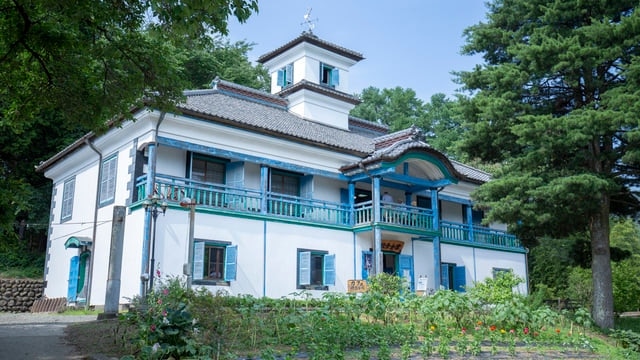
In the Tsugane area, located upstream of the Sutama River in eastern Hokuto City, visitors can explore a historic school repurposed into a unique tourist attraction. Established in 1875 (Meiji 8), the Old Tsugane School is a Western-style building that remained in operation until 1985. The site also features two additional school buildings from the Taisho and Showa eras, each offering a distinct architectural charm.
Today, the Meiji-era school building serves as a history museum, while the Taisho-era building has been transformed into an agricultural experience facility. Meanwhile, the Showa-era building now houses the restaurant "Oishii Gakkō" (Delicious School), where guests can enjoy authentic Italian and Japanese cuisine. For a nostalgic experience, the restaurant also offers Showa-style school lunch menus, complete with aluminum trays and fluffy koppe-pan (soft bread rolls).
Name: Tsugane School
Address: 2963 Shimotsugane, Sutama-cho, Hokuto City, Yamanashi Prefecture
Official Website:http://tsugane.jp/meiji/
◎ Why Visit Hokuto City?
Hokuto City, traversed by the historic Koshu Kaido Highway, is home to many hidden historical attractions. Despite its tranquil charm, the city is easily accessible from Tokyo via expressways and limited express trains. No matter the season, Hokuto’s breathtaking natural landscapes offer a refreshing getaway. Plan a weekend trip and immerse yourself in history, culture, and nature in Hokuto City!
RELATED ARTICLES
REGIONS
CATEGORIES
FEATURED ON Yamanashi
-
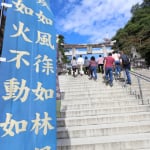
5 Must-Visit Historical Spots in Yamanashi, Which Flourished as Kai Province
-
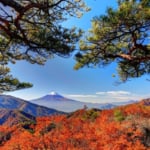
There are many interesting places to visit. We have selected 8 recommended sightseeing spots in Otsuki City
-
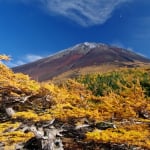
Fully Enjoy Mount Fuji and Nature! 5 Recommended Tourist Spots in Narusawa Village, Yamanashi Prefecture
-
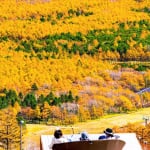
[KIYOSATO TERRACE] Elevation 1,900m! Enjoy the breathtaking “Yatsugatake Blue” view
-
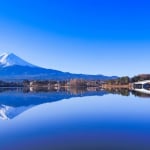
【Yamanashi Prefecture】Can you walk across the Kawaguchiko Ohashi Bridge? Introducing fees and highlights!
MOST POPULAR ON Yamanashi
-
 1
1Doha: Must-see Attractions in the Capital of Qatar
-
 2
2Toronto: 10 Things to do in this Picturesque Canadian City
-
 3
3Amarillo: A City Famous for It’s Amazing Canyons, Great History and Music
-
 4
4South Korea: Dazzling Scenery, Rich Culture and Fascinating History
-
 5
5Kuwait: A Country in Middle East Asia Famous for Hot Sand Dunes and Stunning Cityscape

